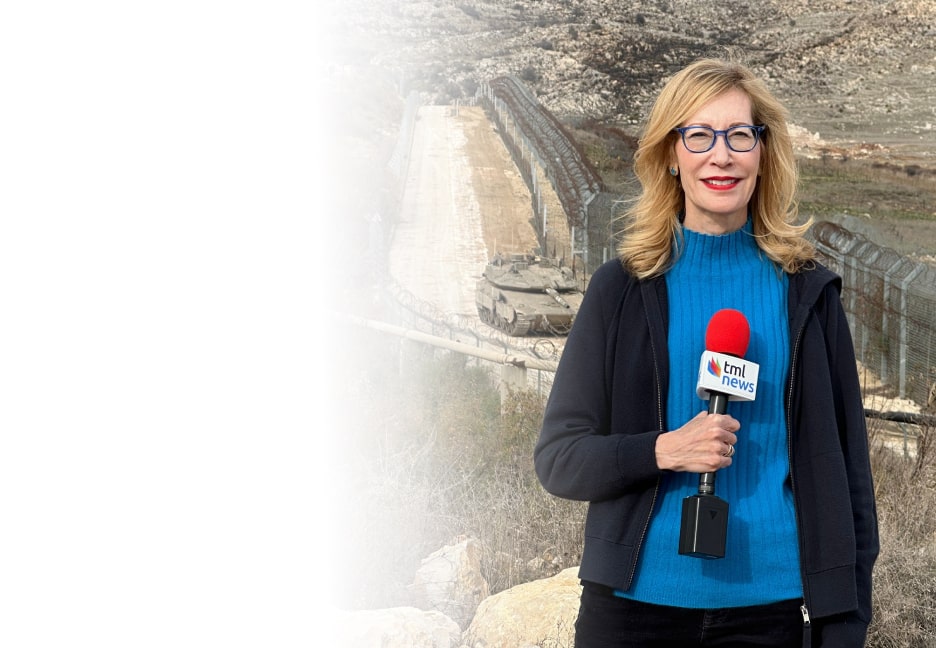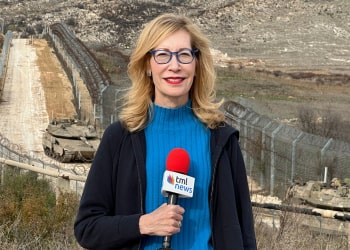The killing of Palestinian American Saif Musalat near the West Bank village of Sinjil has become a lightning rod in the larger debate over justice, language, and who controls the narrative. As The Media Line’s Gabriel Colodro reports [1], the facts are still murky—and that’s part of the problem. Musalat, a Florida-born US citizen in his early 20s, was reportedly beaten by Israeli civilians while trying to protect family land from what relatives say was an attempted outpost seizure. His family claims emergency medics were blocked from reaching him and is demanding a full US-led investigation. The US State Department has acknowledged his death but says little else, citing privacy.
Israeli police and military are investigating, but without an autopsy, a complaint, or access to the body, they say they’re relying on media reports. “We want to hold people accountable,” one police spokesperson said, “but right now, we’re investigating a murder claim without evidence.”
This holiday season, give to:
Truth and understanding
The Media Line's intrepid correspondents are in Israel, Gaza, Lebanon, Syria and Pakistan providing first-person reporting.
They all said they cover it.
We see it.
We report with just one agenda: the truth.


The story has taken on a life of its own. Hamas posthumously claimed Musalat as a fighter—standard fare, often with no proof. Some international headlines declared he was “beaten to death by settlers,” though no charges have been filed to support that.
Brig. Gen. (res.) Amir Avivi told The Media Line that lumping all settlers together based on the actions of a fringe few is “almost a racist concept.” Meanwhile, Palestinian activist Issa Amro called it “settler terror,” accusing the Israeli state of complicity.
Oh, and there’s a second death—23-year-old Mohammed al-Shalabi, found hours later, shot and badly bruised. Who killed him? Still unclear.
With facts thin and rhetoric heavy, Colodro’s piece lays out what we know—and what we still don’t—in one of the most charged corners of the world. Read the full article [1] for a closer look.